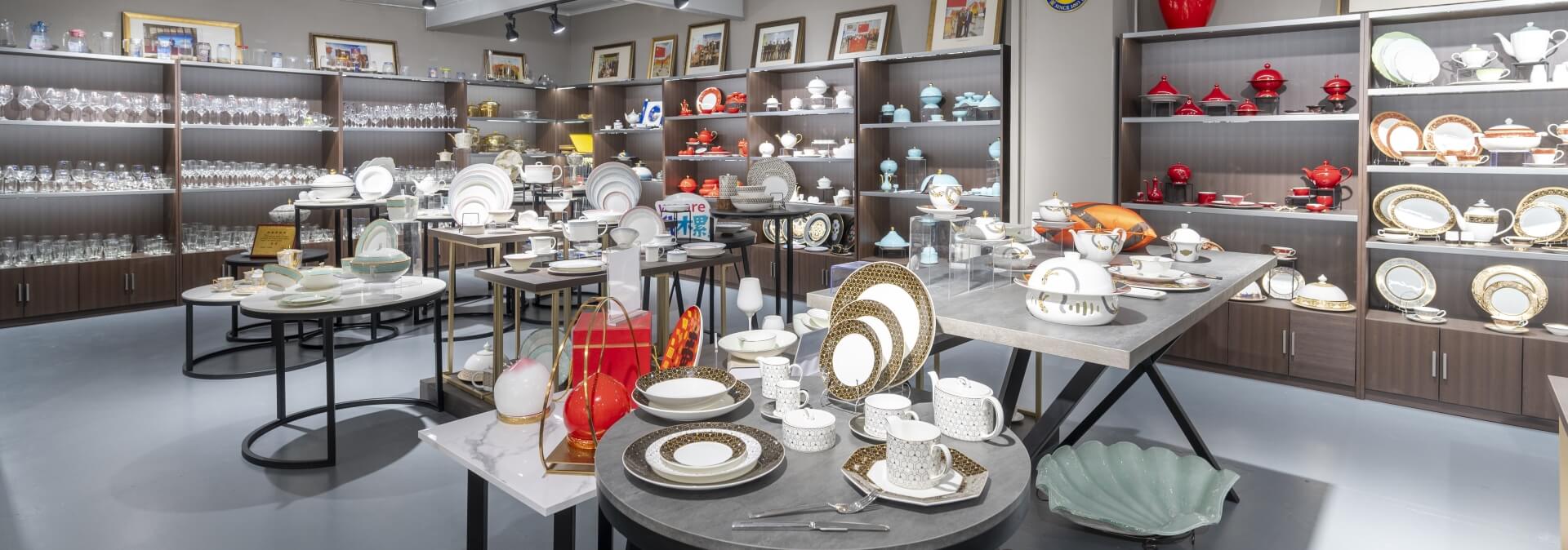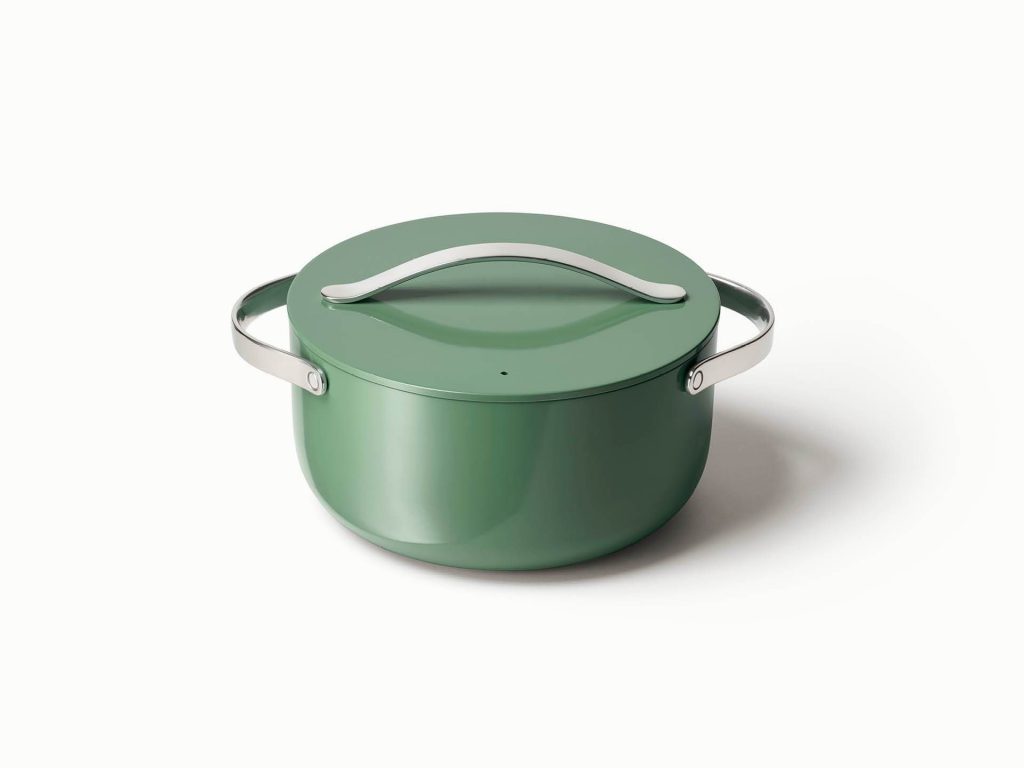
PITO Article
Are Ceramic Dutch Ovens Stove Safe? Everything You Need to Know
Dutch ovens are beloved kitchen staples, known for their versatility and ability to retain heat. While traditional Dutch ovens are typically made of cast iron, ceramic Dutch ovens have gained popularity for their aesthetic appeal and non-reactive cooking surface. But the question arises: are ceramic Dutch ovens stove safe? In this blog, we will explore the properties of ceramic Dutch ovens, their safety on the stove, and how to use them effectively.

Understanding Ceramic Dutch Ovens
What is a Ceramic Dutch Oven?
A ceramic Dutch oven is a cooking pot made from clay that has been fired at high temperatures. These pots often feature a glaze, making them non-porous and easy to clean. Unlike cast iron Dutch ovens, ceramic versions are generally lighter and come in various colors and designs, making them a stylish addition to any kitchen.
Properties of Ceramic Dutch Ovens
- Non-Reactive Surface: Ceramic is non-reactive, which means it won’t interact with acidic foods like tomatoes or citrus. This property allows for a wider variety of cooking applications without altering the flavor of your dishes.
- Even Heat Distribution: Ceramic retains and distributes heat evenly, helping to cook food uniformly. However, they can take longer to heat up compared to metal pots.
- Durability: While ceramic is robust, it is also prone to chipping and cracking if dropped or subjected to sudden temperature changes.
Are Ceramic Dutch Ovens Stove Safe?
Heat Sources
The stove safety of ceramic Dutch ovens largely depends on the brand and the specific materials used. Most ceramic Dutch ovens are designed to be used on the stovetop, but there are important factors to consider:
- Compatibility with Heat Sources:
- Gas Stoves: Most ceramic Dutch ovens are safe to use on gas stoves, but it’s best to use low to medium heat settings. High heat can cause thermal shock, leading to cracks or breaks.
- Electric Stoves: Ceramic Dutch ovens are also safe for electric stovetops. However, ensure that the bottom of the pot is flat to ensure good contact with the heating element.
- Induction Cooktops: Not all ceramic Dutch ovens are induction-compatible. If you have an induction cooktop, check if your ceramic Dutch oven is labeled as induction-safe.
- Temperature Limits:
- Most ceramic Dutch ovens can withstand temperatures of around 400°F to 500°F (200°C to 260°C). Always check the manufacturer’s guidelines for specific temperature limits.
- Avoiding Thermal Shock: Ceramic materials can be sensitive to drastic temperature changes. To prevent thermal shock, avoid placing a cold ceramic pot on a hot burner or moving it from the stove to a cold surface quickly.
Cooking Techniques
When using a ceramic Dutch oven on the stove, consider the following techniques for best results:
- Gradual Heating: Start with low to medium heat settings. Gradually increase the heat as needed to avoid sudden temperature changes that can crack the pot.
- Use of a Heat Diffuser: If you’re cooking on high heat or using an induction cooktop, a heat diffuser can help distribute the heat more evenly and reduce the risk of damaging the pot.
- Avoid Empty Cooking: Never heat a ceramic Dutch oven while it’s empty, as this can cause it to overheat and crack.
Benefits of Using Ceramic Dutch Ovens
Versatility in Cooking
Ceramic Dutch ovens are suitable for various cooking methods, including:
- Braising: Ideal for slow-cooked meats and stews, as they retain moisture and flavor.
- Baking: Perfect for bread, casseroles, and even desserts.
- Simmering: Great for soups and sauces, thanks to their non-reactive surfaces.
Aesthetic Appeal
Ceramic Dutch ovens come in various colors and designs, making them not just functional but also attractive. They can transition seamlessly from the stovetop to the table, allowing for stylish serving.
Health Benefits
Being non-reactive, ceramic Dutch ovens do not leach chemicals into food. This makes them a safer option for cooking compared to some metal cookware, especially for acidic dishes.
Care and Maintenance
To ensure the longevity of your ceramic Dutch oven, follow these care tips:
- Avoid Abrasive Cleaners: Use mild soap and a soft sponge for cleaning. Avoid steel wool or abrasive scrubbers, which can scratch the surface.
- Hand Wash Recommended: Although many ceramic Dutch ovens are labeled as dishwasher safe, hand washing is recommended to preserve the glaze.
- Check for Chips: Regularly inspect your Dutch oven for chips or cracks. If you notice any damage, discontinue use to prevent food contamination.
Common Misconceptions
Can You Use Ceramic Dutch Ovens Under the Broiler?
While some ceramic Dutch ovens are safe for oven use, not all are broiler-safe. Always check the manufacturer’s instructions to avoid damage.
Are All Ceramic Dutch Ovens Created Equal?
Not all ceramic Dutch ovens have the same heat resistance or durability. Higher-quality brands often have better construction and glazes, making them more suitable for stovetop cooking.
Conclusion
Ceramic Dutch ovens can be a safe and versatile option for stovetop cooking, provided you follow the manufacturer’s guidelines and take care to avoid thermal shock. They offer a beautiful and non-reactive surface for various cooking methods, making them a great addition to any kitchen. Whether you’re simmering a hearty stew, baking bread, or roasting vegetables, understanding how to use your ceramic Dutch oven safely will help you make the most of this valuable kitchen tool. Happy cooking!
LET'S TALK TOGETHER
Lorem ipsum dolor sit amet, consectetur estor adipi isicing elit, sed do eiusmod tempor este uterre incididui unt ut

